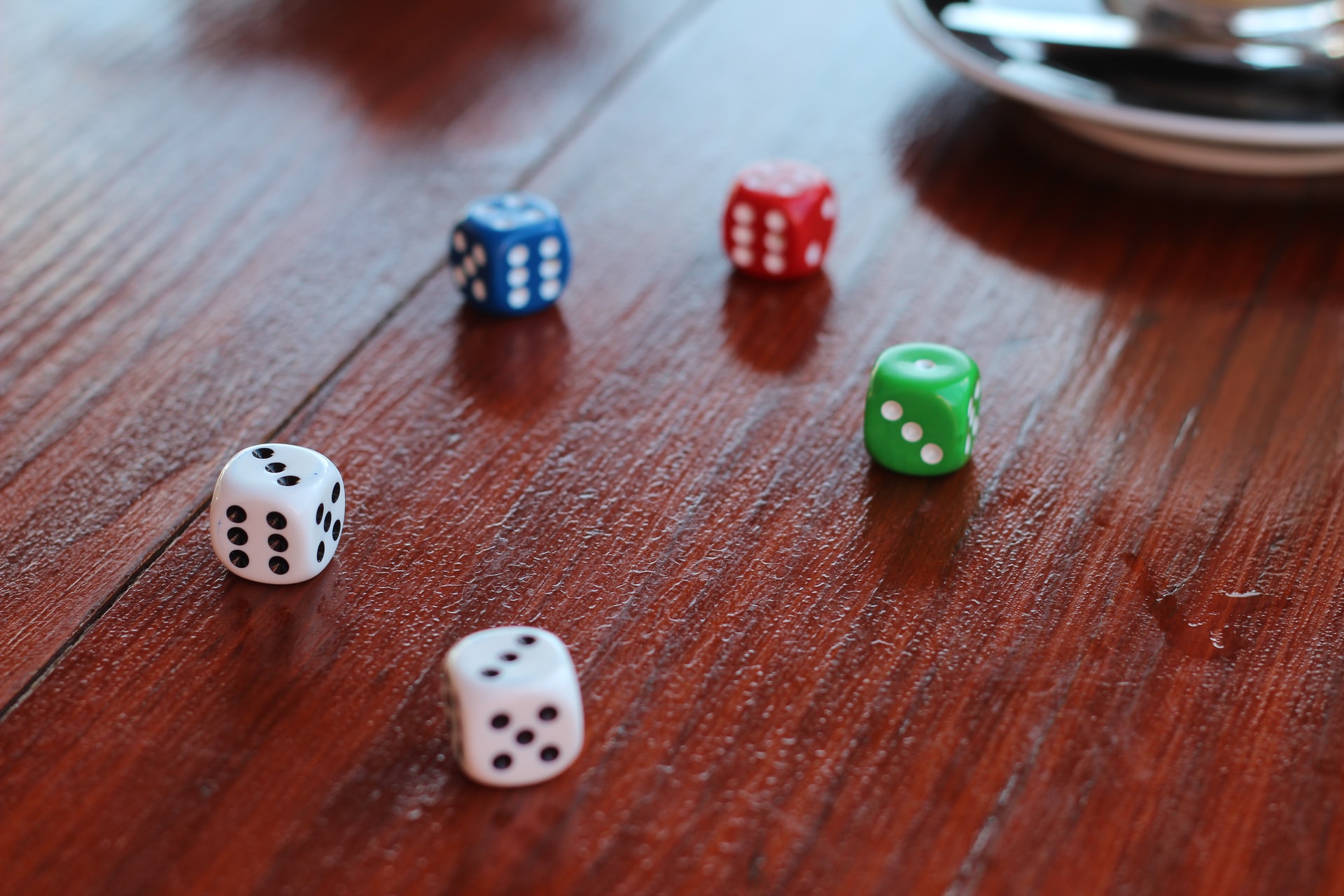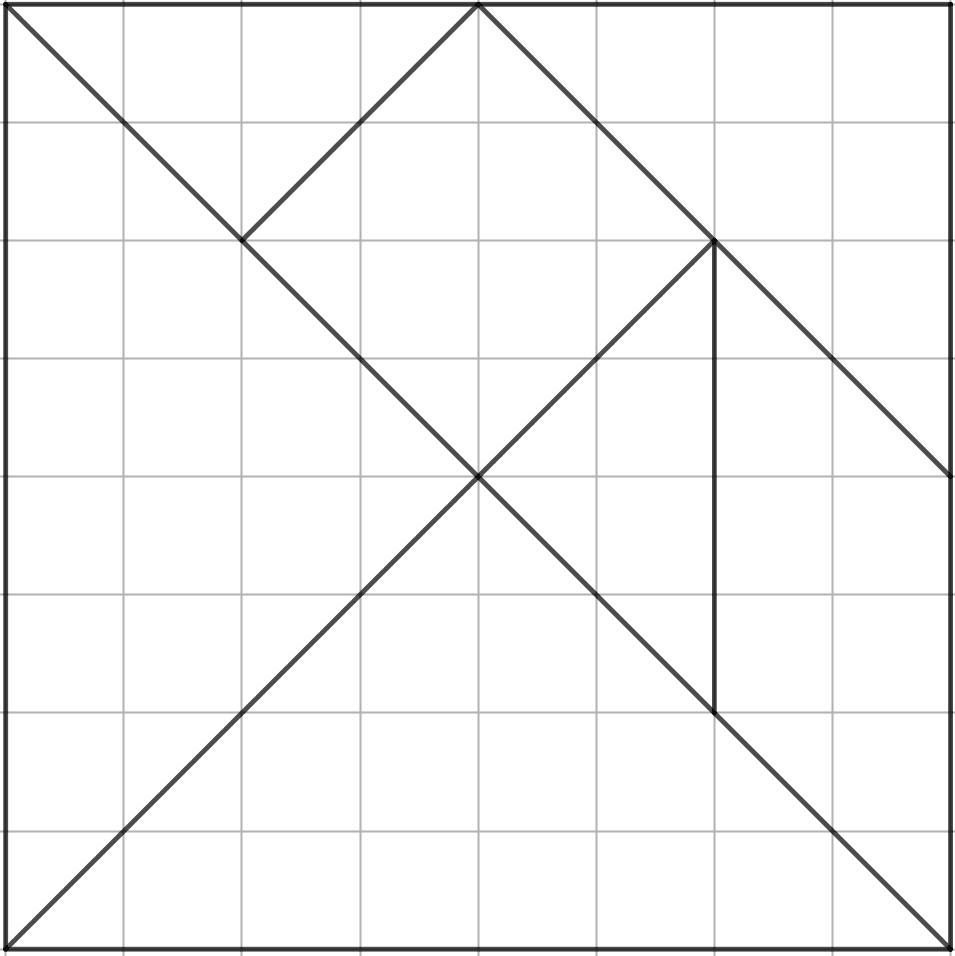Games and Puzzles

Try one or all of these games
(Selected and adapted from nrich.maths.org)
Game 1: Nim-7 for Two
Materials: You will also need seven objects, such as counters, blocks or coins.
Instructions:
Place the 7 objects in a pile and starting with the adult, take turns to take away either one or two counters.
The person who takes the last counter wins.
Swap who goes first, and keep playing until you work out a winning strategy.
Does it matter who has the first turn?
What happens when there are three counters left?
How can you win at this game?
What happens when you start the game with more counters?
Game 2: Stop the Clock for Two
This game helps to develop children’s fluency with telling the time and calculating time intervals. However, the real challenge is to find a winning strategy!
How do you play?
You will need a set of blank clock faces (you can draw your own) and 2 pencils or crayons to use as clock hands, or you could use the interactive version.
Set the time on the clock to 6 o’clock to start the game.
Starting with the adult, take it in turns to move the hands of the clock on by
½ hour or 1 hour. For example, the adult could choose
½ hour, so the clock hands move to 6.30, then you might choose 1 hour, moving the clock hands to 7.30, and so on.
The winner is the person who moves the hands exactly onto 12 o’clock.
Does it make a difference if you go first instead?
What happens if the adult gets to 10.30? Why?
Can you work out a winning strategy?
Easier version: start at 9 o’clock instead of 6 o’clock.
Harder version: try using different time intervals e.g.
¼, ½ or ¾ of an hour.
Repeat the game, aiming to find a winning strategy, then talk together about how it was found.
Game 3: Strike it Out
This is a game for two players.
Start by drawing a number line from 0 to 20 like this:
![]()
The first player chooses a number on the line and crosses it out.
The same player then chooses a second number and crosses that out too.
Finally, he or she circles the sum or difference of the two numbers and writes down the calculation.
For example, the first player’s go could look like this:

The second player must start by crossing off the number that player 1 has just circled.
He or she then chooses another number to cross out and then circles a third number which is the sum or difference of the two crossed-off numbers.
Player 2 also writes down their calculation.
For example, once the second player has had a turn, the game could look like this:

Play continues in this way with each player starting with the number that has just been circled.
For example, player one could then have a turn which left the game looking like this:

The winner of the game is the player who stops their opponent from being able to go.
Now it’s your turn! Try playing the game a few times to get a feel for it. What is your strategy for winning?
Game 4: Tangram Pictures
A tangram is an ancient Chinese puzzle where you make pictures using mathematical shapes. Make a set of tangram pieces from squared paper as shown below (if you don’t have squared paper you can make your own by drawing 8 lines vertically and 8 lines horizontally that are 2cm apart):

Can you make each of these pictures using your seven pieces?

You can try some more tangram puzzles in the World of Tan problems.
There are puzzles using a different set of tangram shapes in the problem Square Tangram.
Or why not try designing some Tangram pictures of your own?
Categories: Elementary



